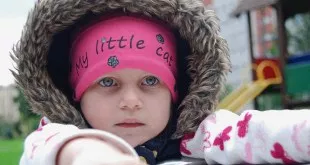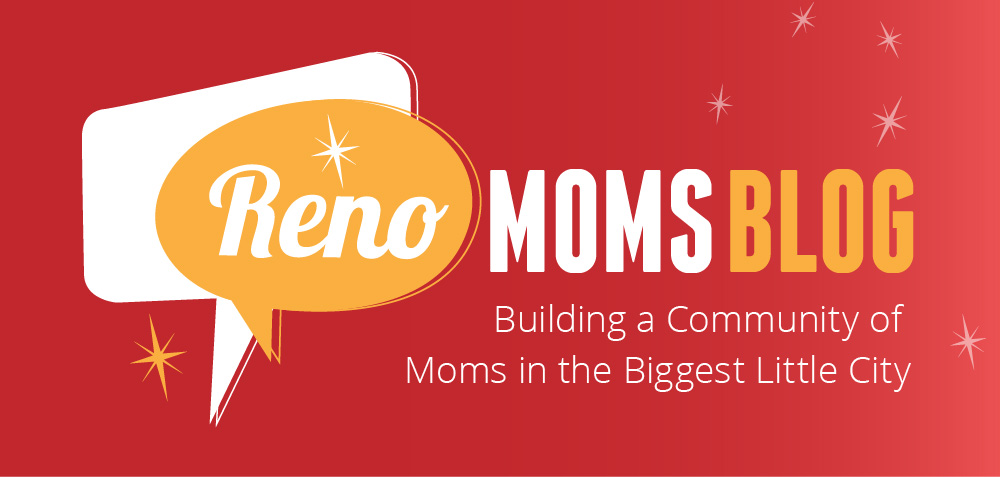Follow these simple tricks and activities to reduce and ultimately avoid the early childhood tantrums.

During their preschool years, children go through many developmental changes. Considering their social and emotional development, children at this age are able to understand, label and differentiate between the different emotions that they are feeling. They are also able to express it through words. As a part of their cognitive development, children during their preschool years are in the egocentric phase. In this phase, the child has difficulty in understanding the other person’s perspective. They cannot understand why they have to clean their playroom if a friend is coming over. Why is mom still sleeping even though it is 6:30 am on Saturday? Why can’t they go to the pool now?
The difficulty in understanding the other person’s perspective and not being able to express their feelings results in what we call a child’s behavioral tantrums. One of the important reasons that results in behavioral tantrums among many preschoolers is the lack of transitions. Many times, preschoolers are expected to switch from one activity to another without transitions. During their developmental age, it is difficult for preschoolers to adapt to change in their routine and activities. As a result, it becomes important for adults to provide children with appropriate transitions to smoothly shift from one activity to another and to announce time up for their favorite activity. From a theoretical perspective, transition refers to the time or activity that guides children through the day, provides attention to individuals and helps children move from one activity to another, smoothly (Warner, P., 2008).
During their early childhood years, transitions play a very important role in helping children adapt to various changes happening around them and to also adjust to their new as well as ongoing routine. As my mentor teacher would always say, “Transition is where all hell breaks loose.” When situations unfold with proper transitions, it allows children to cognitively process and accept the upcoming change and makes the whole process smooth and easy for them, as well as for the adults. It also allows adults to get a child’s complete attention, which improves listening. Knowledge of what to expect next improves a child cooperation in the activity and thus reduces their negative and unwanted behavior.
Considering that the winter holidays will soon be over for your little ones, transitions for back to school can be planned the night before, where you can read your child stories about the first day of preschool and associate it with their experience. Discuss with them, “What do you love about preschool?” “It would be so exciting to meet your friends tomorrow!” “You can tell them about the fun gifts that Santa got for you!” Highlighting the positive outcome from the upcoming change allows children to adapt to it more easily. Transitions can be planned in the form of a song, game, actions or an interactive activity that connects with the child and provides them with an insight about what is coming next, while giving them time to wrap up the current activity. Getting back into the school routine can be difficult for some children, but you can always make it interesting by planning it ahead of time. For example, you can tell them that they don’t have to walk to the car. Rather, march like a soldier or hop like a bunny to get in the car!
During the preschool years, maintaining a routine at home and at school helps children adapt to the change easily. Any new activity or a new routine needs to be introduced with a transition, which provides children some time to digest the new information and cognitively process the change. Some change of events can cause the normal routine to differ, which can frustrate children and result in tantrums. Transitioning children into the activity helps them understand the new event and allows them time to adapt to the change, which can reduce and prevent the tantrums. Attention-getters can help during this time. Actions like switching off the lights, whistling, etc. act as attention-getters, which make children stop what they are doing and listen to the adult. This moment can be used to prepare them for the upcoming change. In my preschool class, I always switch off the lights when there are five minutes of playtime remaining. This way children know that they only have very little time to play until clean up. This prepares them to mentally accept the change of wrapping up their play and get ready for clean-up. These five minutes play a crucial role as it allows children to still continue their activity, while being consciously aware of it coming to an end. Loss of those five minutes on the other hand, would make “the hell break loose!” The same trick can be used to transit children from their screen time. I also use activities like counting numbers and days of the week as transitions during outside play, which makes it easy for them to wait for their turn and makes the play fair and smooth.
As a teacher, I believe in using transitions to help my preschoolers move from one activity to another during the day. For some activities I sing songs, for some we do silly actions and even taking some deep breaths. It only takes a moment to plan it, but has an incomparable benefit for the young minds. Plan your transitions in a manner that allow children some time before they have to stop their current activity and participate in the next. Make the transitions fun, meaningful and interesting and you will surely make every day terrific for them and for you.
About Annie Shah
Annie Shah is the owner and teacher at ‘Annie & Friends! Preschool’ in Reno. Annie has been a preschool and kindergarten teacher since the past seven years. With a double masters in Early Childhood Education, Annie wishes to do nothing but create the best preschool experience for the young kiddos out there!

 Reno Moms Blog Building a Community of Moms in the Biggest Little City
Reno Moms Blog Building a Community of Moms in the Biggest Little City

